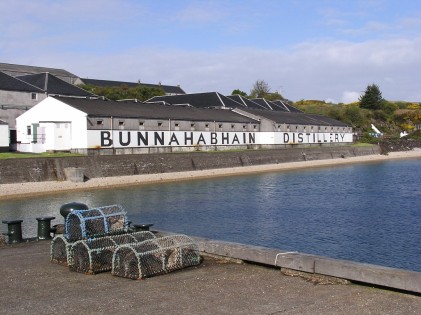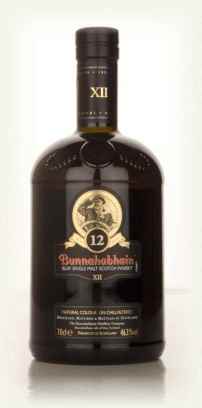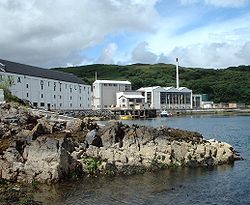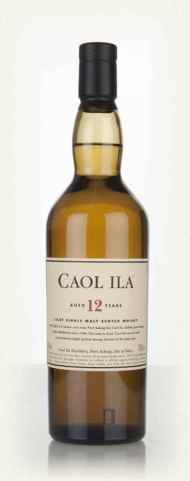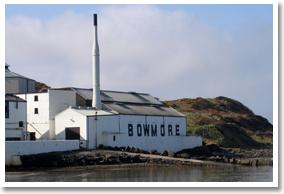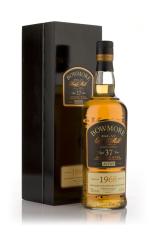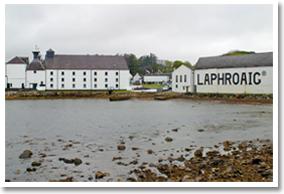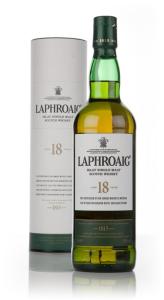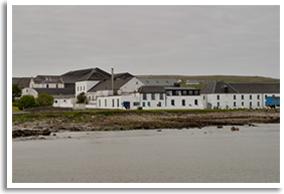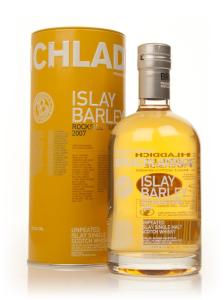The Kilchoman distillery (pronounced Kil-ho-man) is a distillery that produces single malt Scotch whisky on Islay. The distillery is situated on the western side of Islay, near the small settlement of Kilchoman. The distillery began production in June 2005, and was the first to be built on the island of Islay in 124 years. The distillery uses barley grown on site at Rockside Farm and malted at the distillery, as well as malt from the Port Ellen maltings and releases separate bottlings depending on the source of the grain.It is one of only six Scottish distilleries still doing traditional floor-maltings, and will be unique in having all parts of the process – growing barley, malting, distilling, maturing and bottling – carried out on Islay.
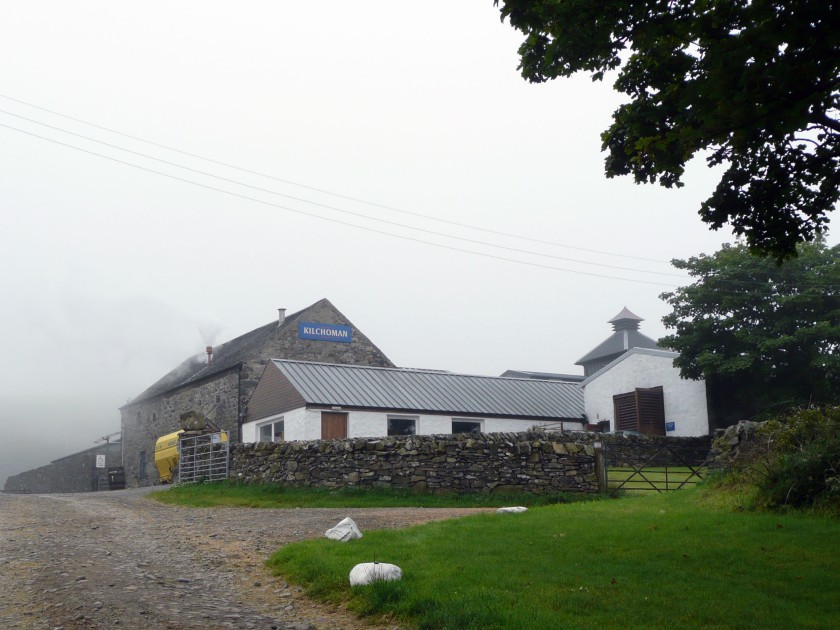
The distillery first filled casks on 14 December 2005 and the distillery began bottling 3-year-old single malt in September 2009. Kilchoman also intends to release 5, 8, 10 and 12-year-old bottlings. The first official Kilchoman, the “Inaugural release” was released in 2009 and the first 100% Islay whisky released in 2011. The whisky produced by the Port Ellen maltings are peated to the same levels as Ardbeg, while the malt peated on their own floor maltings will be approximately 25 ppm.
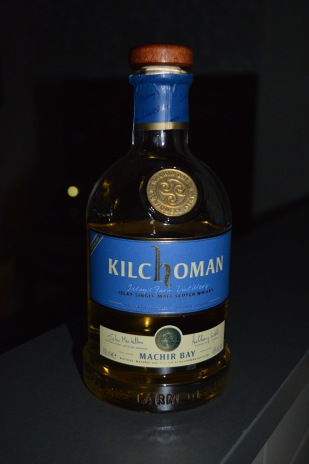
Machir Bay is a vatting of four and five year old whisky matured in first fill bourbon casks, married and then finished in Oloroso sherry butts for four weeks before bottling in early March 2013 This edition is described below
The whisky was poured in to a Glencairn glass, a half teaspoon of water was added to this dram to compensate for its relative youthfulness and it was left to develop for ten minutes. The colour was gold. On rolling around the glass a curtain is left on the side of the glass with medium length legs sliding down the inside.
The nose has huge hits of citrus and dried fruit intermingling with vanilla cream. Layers of fresh peat smoke strengthen as the nose develops. Very pleasant and surprisingly citrusy
The whisky is full bodied and heavy with flavour. Initial bursts of vanilla dried fruit and demerara sugar combine with the fresh warm smoke. This whisky is exceedingly well balanced and no one flavour dominates. Gentle sweetness and a slight bitterness becoming drier with a coastal feel in the mouth.
The finish is long and drying with initial vanilla and stewed fruits to the fore going to sweet peat smoke. A little oak bitterness appears!! Very smooth !!
Machir Bay is an extremely well made offering which has been bottled at 46% giving it added complexity and flavour. What makes this whisky stand out is the balance !! There is no one flavour overpowering any other thus enabling the senses to all that is contained in the whisky.
I cannot recommend this edition enough !! Well done Kilchoman !!
Cheers!!

